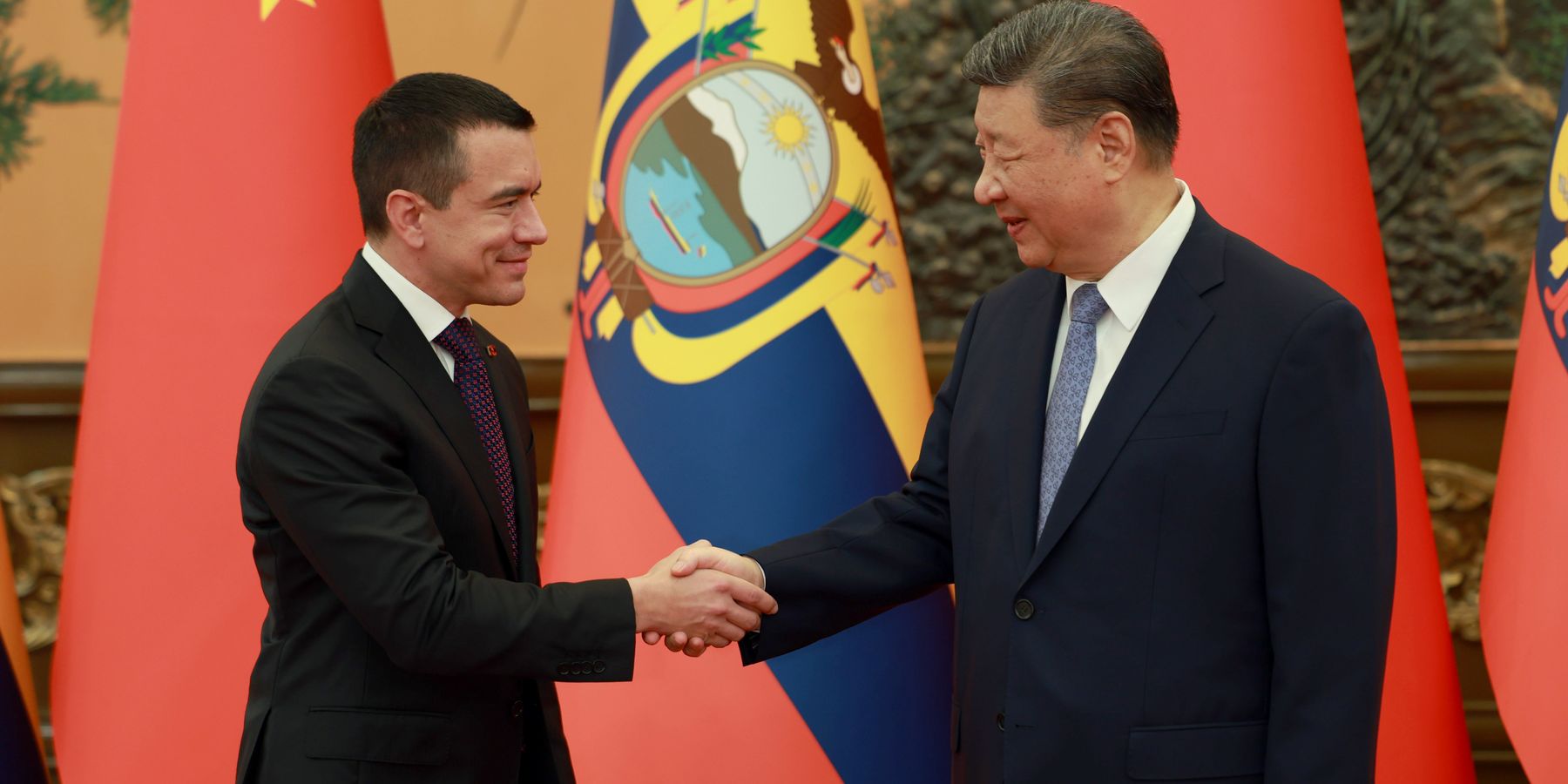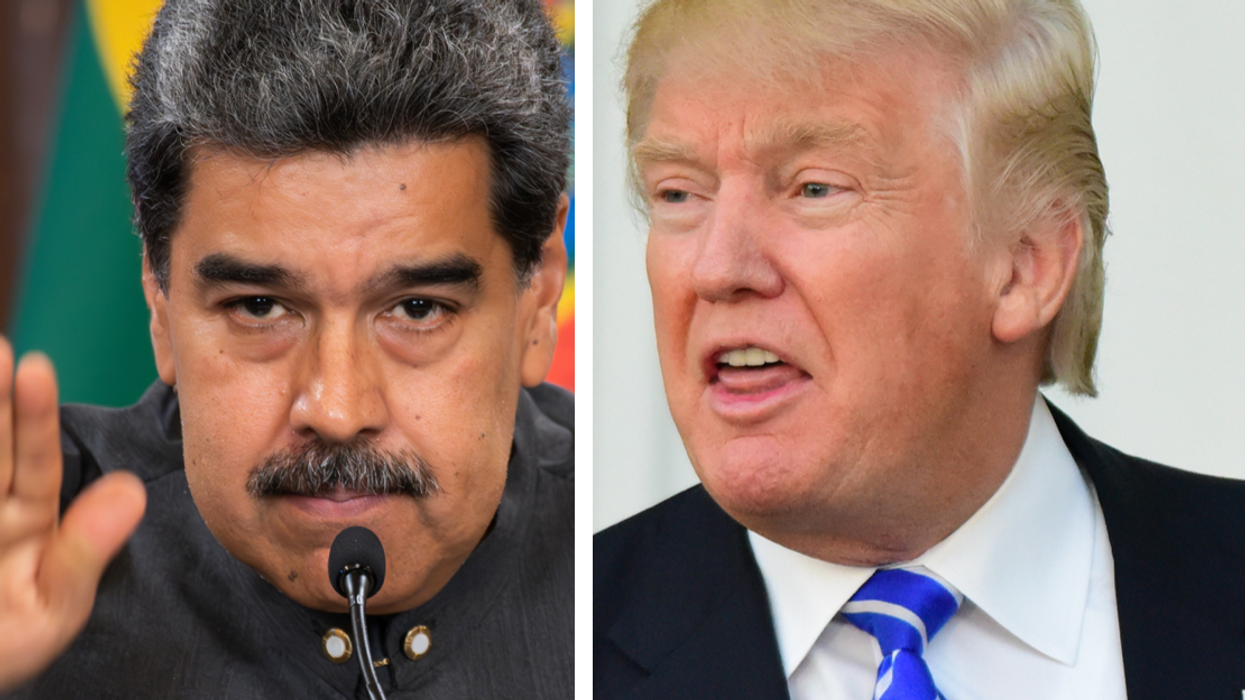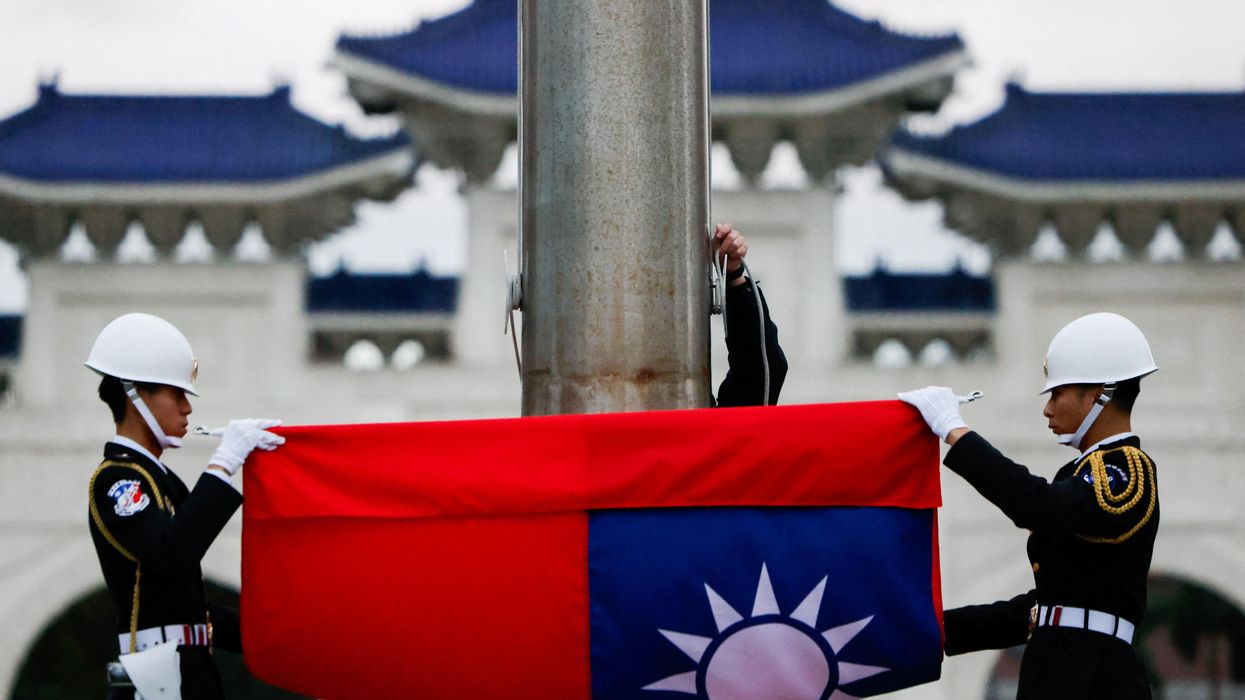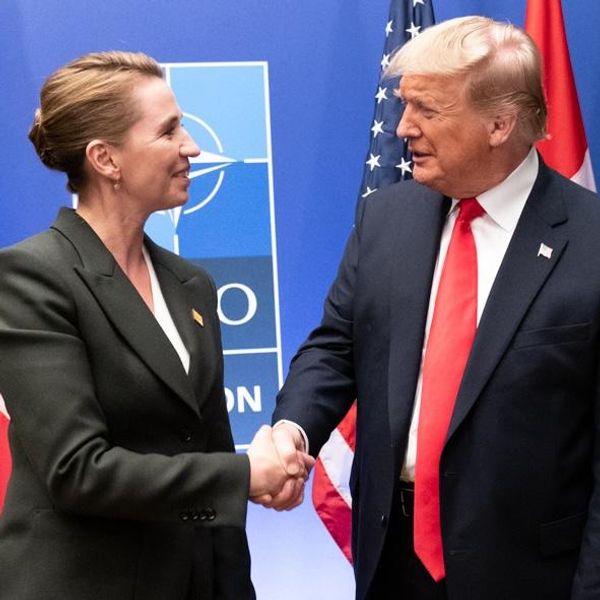Marco Rubio is visiting Mexico and Ecuador this week, his third visit as Secretary of State to Latin America.
While his sojourn in Mexico is likely to grab the most headlines given all the attention the Trump administration has devoted to immigration and Mexican drug cartels, the one to Ecuador is primarily designed to “counter malign extra continental actors,” according to a State Department press release.The reference appears to be China, an increasingly important trading and investment partner for Ecuador.
In fact, China was the number one source of FDI (Foreign Direct Investment) in the country in 2024.
Washington undoubtedly noticed that the first visit abroad undertaken by conservative Ecuadorian president Daniel Noboa after being reelected for a second term earlier this year was to China. Ecuador has a significant foreign debt that it needs to service. It thus depends heavily on export markets to generate the hard currency to repay its creditors. The last thing the country needs at this point is to be pressured by Washington to do less business with China.
Such pressure would only add to the travails of a country that has been beset by enough trouble in the recent past. This includes the devastating impact of the pandemic (during which the death toll in Guayaquil, Ecuador’s main port and largest city, was such that bodies were piled up on the street, as the mortuaries were packed), skyrocketing gang violence, and the growing presence of organized crime.
Yet, for several years now, Washington has pressed Ecuador to minimize its economic links with China, while doing little to help it overcome the serious challenges it faces. Over the years, for a variety of reasons related to the fluctuations in the price of oil, its main export commodity, and other factors, Ecuador racked up a significant foreign debt, to China, to the International Monetary Fund, and to other creditors.
After Ecuador partially defaulted on its foreign debt in 2008 and was largely excluded from international credit markets, China came through with several loans. These loans allowed Ecuador to build up its infrastructure, show one of the highest investment rates in the region through 2013 ( gross capital formation went up from 20.25 per cent in 2009 to 23.77 per cent in 2013) and improve its economic performance.
In fact from 2006 to 2016 Ecuador’s average annual per capita economic growth was 1.5 percent, versus 0.6 in the previous 26 years. At some point, however, those credits and those of the IMF package that followed them came due, and by 2020 Ecuador was caught in a foreign exchange squeeze.
In January 2021 — that is, in the last days of the first Trump administration — Washington’s newly created International Development Finance Corporation extended one of its first major loans in South America to Ecuador, for 3.5 billion dollars, ostensibly to help Quito repay part of its debt.
The conditions attached to the loan, however, were unprecedented. Among other things, they required that Ecuador’s telecommunications grid be free of any Chinese technology (from Huawei, ZTE or any other Chinese company), which at the time happened to be the most advanced and cost-effective available, thus adding a significant cost to the country’s efforts to improve its connectivity and digitize its economy.
Another condition required that Ecuador privatize the equivalent of $3.5 billion dollars in public assets. Moreover, the determination of which assets to be sold off to private interests would not be left to the Ecuadorian government alone, but would rather be jointly decided by Washington and Quito. This led to many questions about the transparency of such decisions and the associated effects of “crony capitalism” at its worst. (It’s notable that, while former President Joe Biden could have changed these terms, he failed to do so during his term.)
With the IDFC loan providing only partial debt relief, then-President Guillermo Lasso, a wealthy conservative businessman from Guayaquil travelled to Washington to explore the possibility of negotiating a Free Trade Agreement (FTA) similar to those from which Ecuador’s neighbors — Colombia, Peru and Chile — had already been benefiting. In his view, preferential access to the U.S. market would go a long way towards increasing Ecuadorian exports, and thus earning hard currency that could be used to service the debt.
Biden rejected the demarche and stated in no uncertain terms that Washington was no longer in the business of signing FTAs.
Without missing a beat, Lasso then flew to Beijing, where his proposal for a China-Ecuador FTA was well received. The agreement was negotiated, signed and ratified quickly and came into effect in May 2024 .
China today provides a growing market not just for Ecuadorian oil, but also for its prized shrimp, and the fresh fruits and vegetables. Chinese companies, which have established a strong presence in Ecuador over the years, are thriving there.
The decision not to open its market to Ecuador via an FTA is obviously a legitimate and sovereign U.S. choice. What is questionable, however, is the attempt to pressure Quito to reduce its economic links with Beijing, which opened its market and provided preferential access to Ecuadorian exports. This is what Secretary Rubio’s mission to Ecuador is apparently intent on doing, as per the State Department’s release.
The issue, however, goes beyond Ecuador. For much of the past decade, U.S. policy towards Latin America has focused on excluding China from the region. Much pressure was exercised on Chile, Panama , Brazil, and other countries to cancel China-related projects and to exclude Chinese companies from doing business there.
Unsurprisingly, this approach has mostly backfired. In 2024, China-Latin America trade reached a record $518 billion (up from $12 billion in 2000, a more than 40-fold increase). For South America, China has become its number one trading partner. Chinese investment in the region is estimated at $200 billion, still much less than that of the U.S., but growing fast, especially in cutting-edge sectors like e-mobility and the green economy.
Exhibit A for this trend are the openings this year of Chinese e-vehicle factories in Brazil — by BYD in the state of Bahia at an industrial park once owned by the Ford Motor Company, and by Great Wall Motors in the state of Sao Paulo, in a locale that once produced cars for Mercedes-Benz.
As political scientist Francisco Urdinez shows in a forthcoming book, Economic Displacement and the End of US Primacy in Latin America, one key reason Chinese companies have moved into Latin America is because U.S. business has been moving out. The policy of attempting to exclude China from Latin America has failed and is bound to continue to fail, because the region badly needs more foreign trade and investment, not less. The United States should compete with China in the Americas, proving that it can build a better mousetrap, not by banning rival producers of mice-catching devices.- The elusive Chinese boogeyman in Latin America ›
- Trump's Latin American sticks could end up stuck in his spokes ›
















